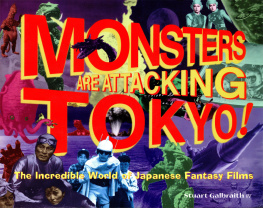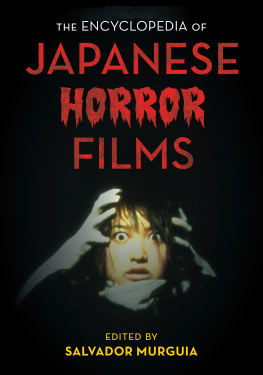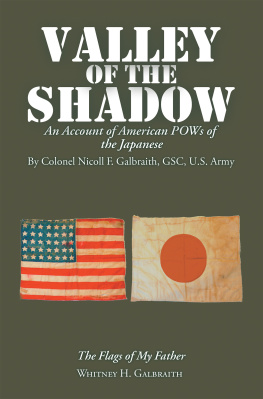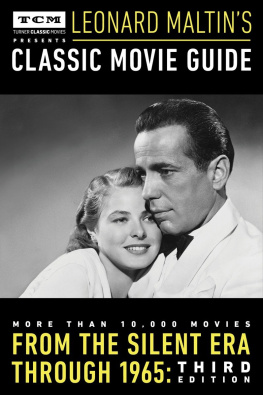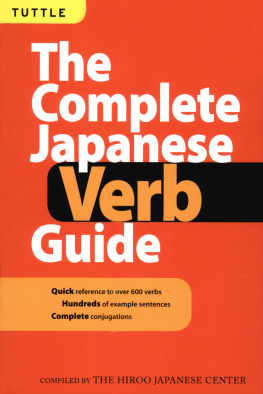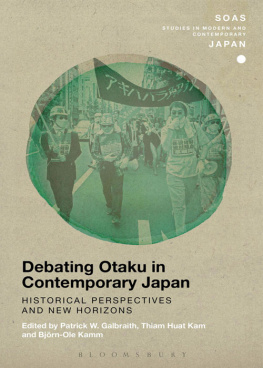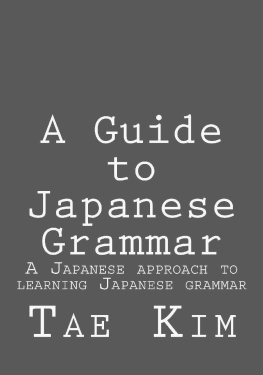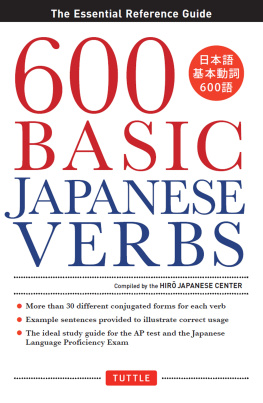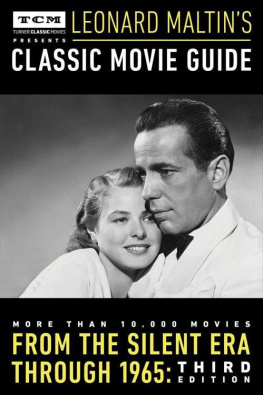
The following work is a critical essay and interview book. The Japanese studios mentioned within its pages have in no way sponsored, endorsed, were involved in or otherwise associated with this work. References to trademark characters are of a purely informational nature.
The publicity photographs which appear in this book were provided by each films American distributor for publicity purposes, were taken by the author, or appear courtesy the interview subject or its studio.
Monsters Are Attacking Tokyo! 1998 Stuart Galbraith IV
All rights reserved
Feral House
1240 W Sims Way #124
Port Townsend WA 98368
USA
eISBN 978-1-936239-82-5
The publisher would like to thank Skylaire Alfvegren for improving and transforming this book.
Designed by Linda Hayashi
First edition 1998
10 9 8 7 6 5 4 3 2
Dedicated to
my mother and father,
Stuart (III) and Mary Galbraith
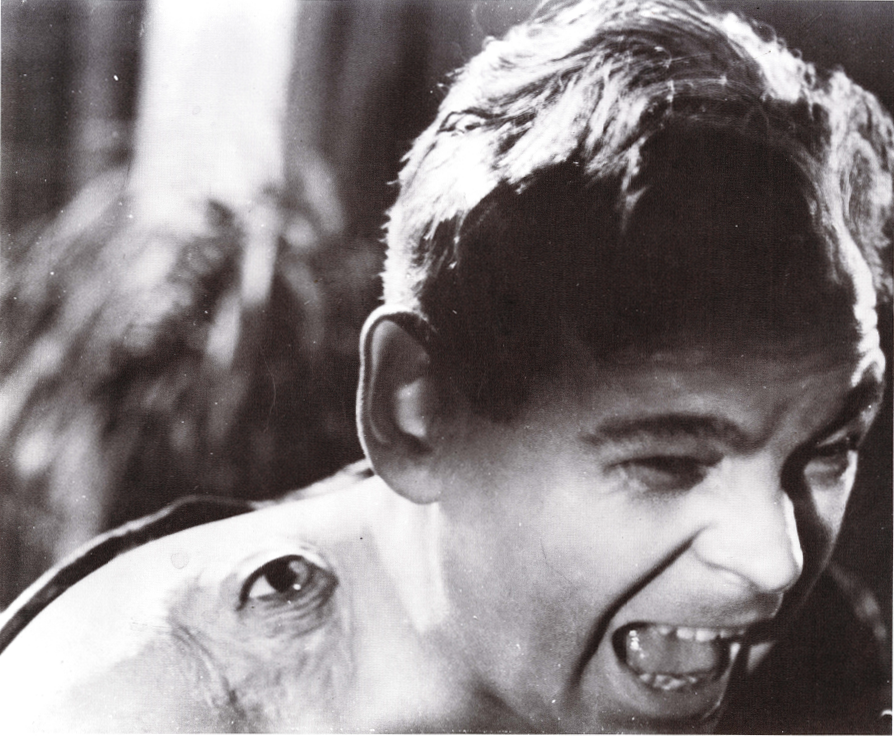
Acknowledgements
This book would not exist without the invaluable help of many individuals. Key among them Atsushi Sakahara, who was my interpreter during my primary visit to Japan. Atsushi came aboard literally at the last minute, and his generosity and kindnessat a time when I really needed itwill forever be appreciated. Besides his excellent skills translating questions about Japanese monsters and various Crazy Cats, Atsushi also taught me valuable lessons about finding ones way around Tokyo (no easy task!) and Japanese etiquette.
Many of these interviews wouldnt have taken place at all if it werent for Yukari Fujii, who translated countless letters into suitable-for-framing Japanese and obligingly talked on the phone with people like Kyoko Kagawa and Senkichi Taniguchi in the middle of the night for me. Like most Japanese people, she couldnt fathom why Id be so interested in Godzilla movies, Kurosawa and Tora-san when I was surrounded by so much wonderful American pop culture, but she was always patient with me, extremely dedicated, and hard-working.
The very generous Brad Warner let me stay in his Japanese-style pad, walking distance from both Toho Studios and where he works, Tsuburaya Productions. Brad kindly arranged interviews with most of the Tsuburaya-related people, and provided photos.
Writer Steve Ryfle and I traveled to Japan together in 1994 and 1996 (he also arranged and wrote several interviews included in this volume); Steve is an amazingly fun person, and Im grateful were able to share this crazy kaiju eiga passion. Hats off also to Steves very talented wife, Joal Ryan, who never complains when Steve and I debate endlessly about such weighty matters as the merits of Godzilla vs. the Smog Monster. Thank you also to James Bailey, who kindly let me reprint his interview with the late Ishiro Honda, who is really the heart of this book.
Im also grateful to Adam Parfrey, and also to Linda Hayashi, who made this book look really, really cool.
I would be remiss if I did not acknowledge those pioneers whose talent and tenaciousness paved the way for a book like this: Greg Shoemaker, Ed Godziszewski, August Ragone, Guy Tucker, and David Milner.
My thanks also to the following people without whom this book would be something less than what it is: Haruyo Moriyoshi (Daiei Co., Ltd.), Forrest J. Ackerman, Norihiko Asao, Buddy Barnett, Dennis Bartok, Linda Conrad, Mike Copner, chambara expert and writer Chris D (especially for the Sonny Chiba snippet!), Reiko Duba, Christopher Elam, Lisa Feerick (Pollison) and David Pollison, Yukio Fukushima (World Intelligence Partner), Kiyoko Goto, Don Glut, Rhonda and Jun Hanari, R.M. Hayes, Ryuji Honda, Ichiro Kadowaki (Daiei Co., Ltd.), Kyoko Kagawa, Regan Kibbee, Osamu Sammy Kobayashi, Tsuyoshi Kobayashi (Daiei Co., Ltd.), Akemi Addie Kohzu, Kurosawa Production, Bill Littman, Kate McMains (Ultracom), Tony Mostrom, Masanari Nihei, Seiji Okamura, Ted Okuda, Christopher Potter, Brian Reason, David Renwick, Donald Richie, Atsushi Saito (Tsuburaya Productions Co., Ltd.), the late Frankie Sakai, Tony Sol, Tomoko Suzuki (Watanabe Production), Senkichi Taniguchi and Kaoru Yachigusa [Taniguchi], Masayuki Tsuda, Bill and Beverly Warren, Takeshi Yagi (Tsuburaya Productions Co., Ltd.), Yuko Yoshikawa and Yoshifumi Hosoya, and Akio Yoshimura (Kyushu Asahi Broadcasting Co.).
And, of course, my deepest thanks to those who agreed to sit down and talk about this crazy, wonderful genre.
Table of Contents
Interviews
A Symphony of Destruction
F or better and for worse, Japanese monster movies have become as much an icon of international pop culture as Kentucky Fried Chicken, Abba, and Disneylands Pirates of the Caribbean ride. And amid much hoopla, Godzilla, the King of the Monsters, died on December 9, 1995 at the age of 41 at the end of the last Japanese-made Godzilla movie to date. With Godzilla vs. Destroyer (1995), the long-running series had come full circle, pausing to reflect on the 1954 film that started it all and wonder how a giant, fire-breathing lizard could relate to the even more gargantuan changes that have taken place in Japan and around the world since. Meanwhile, in the United States, the producers of the first all-American Godzilla movie are hoping the pictures expensive computer-age effects and nearly unprecedented hype will sufficiently overturn Americas campy/negative perception of Godzilla and his monster brethren. In the United States at least, Godzilla and Japanese fantasy films in general have come to represent cheap effects, bad dubbing, poor acting, mediocre scriptsand guys in rubber suits stomping miniature sets.
So while undeniably an icon, Godzilla is inevitably dismissed by nearly all serious scholars of Japanese cinema. And yet, this giant, radioactive dinosaur is also Japans most recognizable movie stareveryone knows who Godzilla isand hes probably the only actor aside from Toshiro Mifune, Yoshiko Shirley Yamaguchi, Sessue Hayakawa, Ken Takakura, Shinichi Sonny Chiba, Beat Takeshi Kitano and a few others to win any measure of fame in the West. (How many do you know?)
If youre reading this book, youre a fan of Japanese monster movies, called kaiju eiga (kye-jew eh-ga), or perhaps youve seen one or more of these films on the Late, Late Show and are wondering what theyre are all about. Kaiju eiga have been around for more than 40 years, and are still popular in Japan today, but what made these this seemingly campy, cheap little films such pop culture staples? In one sense, their appeal cant be explained logically. Its a bit like asking someone why they fell in love with person A but not person B.
Nonetheless, kaiju eiga fans can be as obsessive as that other much-maligned fraternity: Trekkers (or, colloquially, Trekkies). From the various television shows to the movies, the appeal of Star Trek is universalfans are drawn into its optimistic depiction of the future, its stories, and the appealing relationships between the various characters. Its that simple.
Kaiju eiga fans, on the other hand, are a far more splintered crowd. Surprisingly, there are fans who arent especially enamored of the films at all. Instead, theyre drawn to the imported toys, the model kits, the books and posters. They became collectors, for this merchandise is extremely appealing and collectable: the toys are cute and charming, the models are detailed and lifelike, the books and the movie posters are visually arresting. And because this merchandise has been so hard to come by in the United States, theres also a friendly (and sometimes not-so-friendly) air of competition among fans to be the first to own this or that action figure, with collectors paying exorbitant sums of moneysometimes of hundreds of dollarsfor a single plastic monster. And the appeal of
Next page
